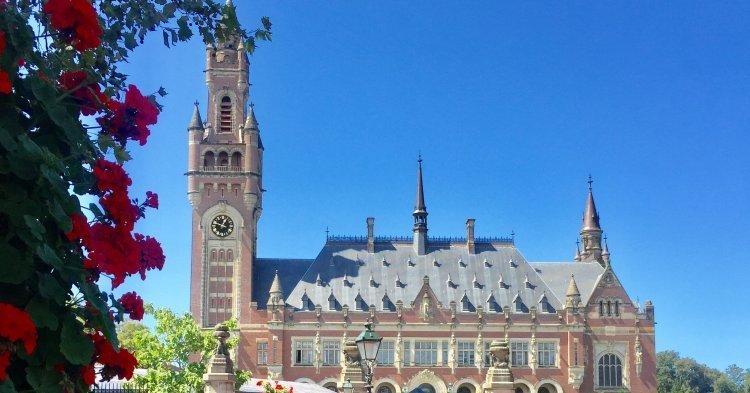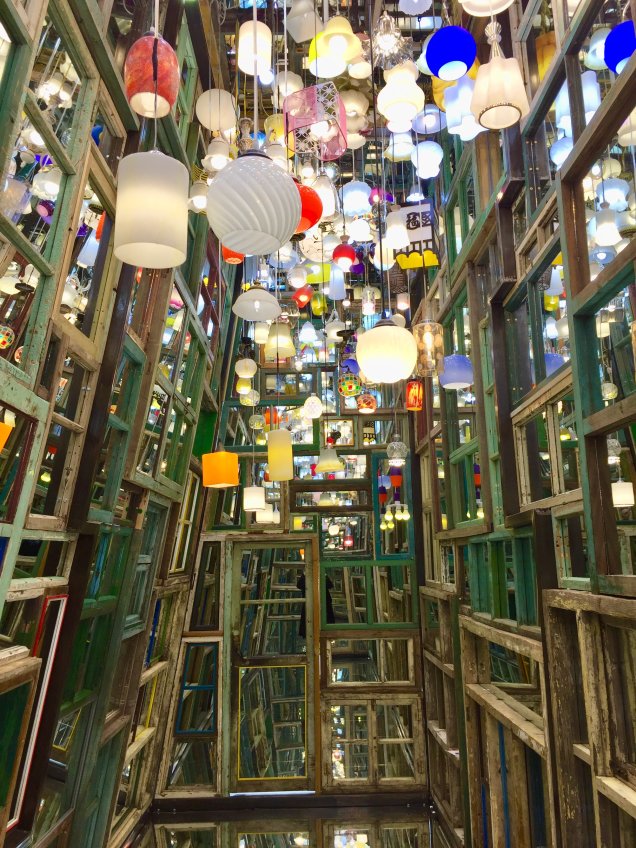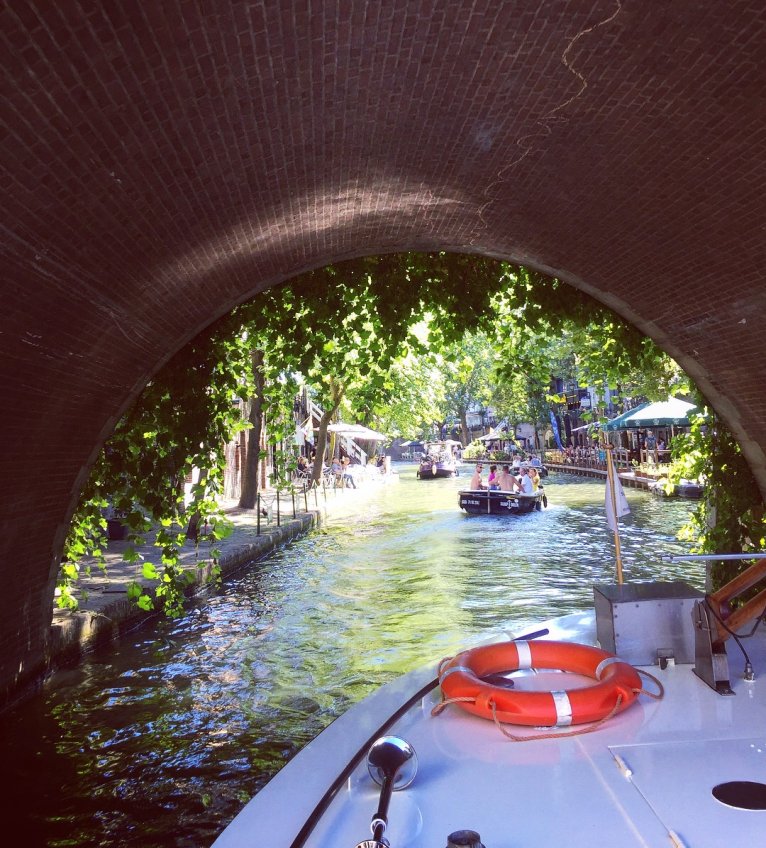Dear Taurillon,
I’ve been exploring the Netherlands for three weeks, and I’ve discovered a colourful flat country. First thing to know, the Dutch are champions in green transport. They use their bikes more than their feet: priority to the cyclists and tramways! And thanks to them, I went to discover the two provinces of the country: Suth Holland and Utrecht.
The Hague, the diplomatic
I started with The Hague. Even if Amsterdam is the capital, The Hague is actually the royal, governmental and diplomatic town. Here, the pace is calm, even chill. Ironically, The Hague has been considered as the biggest village of Europe for a long time, until it acquired the status of “town” in 1806 (reputedly, thanks to the French). Today, The Hague is an international institutional town, with the Peace Palace hosting the International Court of Justice (ICJ) and the Permanent Court of Arbitration (PCA).
I can hardly praise Dutch gastronomy, which is, on the whole, not really diversified, as it is essentially based on sandwiches and burgers, despite the great variety of hams and cheeses produced in the flat country, especially in Gouda, the neighbouring town made famous for its orange cheese, the most eaten in the Netherlands. This probably explains why they know how to make good bread!
I highly recommend you to contemplate the 360 degrees panorama of Mesdag, a 19th-century Dutch painter known for his maritime landscapes. Even though you again have to pay between 10 and 15 euros for the admission to the museum (because yes, in the Netherlands, everything is expensive…), you will be impressed by this 120-metre long and 14-metre high painting, that will surround you entirely in this rotunda of the city centre, where the daylight offers a floating realism of this immense painting (the biggest of the Netherlands), representing the coast of Scheveningen, a coastal town situated in the north of The Hague, where I lived during three weeks between the cacophony of both the seagulls and the beach attendants clinking glasses on the Pier.
Do not hesitate to visit the Mauritshuis musem to gaze at the Girl with a Pearl Earring by Vermeer, the Escher museum to contemplate the works of this incredible graphic painter, and the Voorlinden musem for its abstract and immoderate art.
Utrecht, the authentic
On the advice of Dutch people - who kept repeating to me that Utrecht is the most authentic town of their country - I migrated towards the fourth city of the Netherlands. I started my Sunday with a dynamic visit of the mechanical music museum (Museum Speelklok). Privileged, I visit it only with another tourist and the guide, which allowed us to exercise our scales on barrel organs or music boxes dating back to the 16th century. An enchanting moment for any music lover, or big child!
I then started the ascent of the 365 (366 on leap years?) of the highest bell tower of the Netherlands, Domtoren (the Dom Tower), which peaks at 112 meters. This impressive tower was the bell of the adjacent church until 1674, when a tornado destroyed the entire nave, separating as such the church’s choir from its majestic tower bell.
I ended my day with a little one-hour boat tour over the city’s canals. I recommend you this smooth wander that allows discovering the city’s unknown areas, the parks, the prison and the fortified towers, confirming the authenticity of this region.
Leiden, the student
Situated in the northeast of The Hague, Leiden is particularly well-known by the students for its excellent university, and well-known by everyone as the hometown of Rembrandt. Explore it, and you will discover its typical Dutch canal houses going along the canals’ quays crossing the city. The sail festival was taking place during the weekend I visited, a real carnival as much on the canals as on the quays!
Delft, the blueish
Well-known worldwide for its earthenware since the 17th century, Delft porcelain (Delftware or Delft Blue) was born of an attempt to copy Chinese ceramics. This Dutch oriental-style porcelain was very popular among the royal courts across Europe, especially the flower vases (tulip vases). In short, do not hesitate to come by the Delft royal factory if you want to make your mother happy. Just as picking at the flower market, as, for once, the flowers are local!
What else?
For a country where the average annual temperature is around 15 degrees, the Dutch are fond of air conditioning… To the point where my colleagues and I ALL spent the rest of our stay with tissues and scarves. So don’t forget your winter jacket and your waterproof coat. If you are a late riser and a night owl, I advise you to anticipate, because in the Netherlands, all shops and museums close at 5 pm…





Follow the comments: |
|
